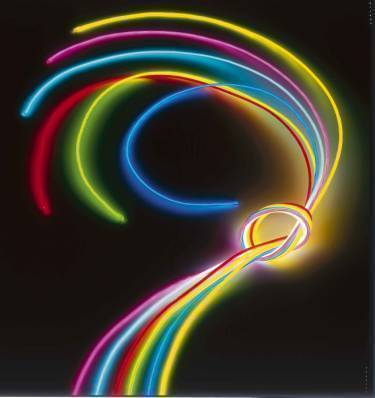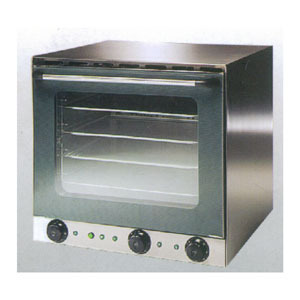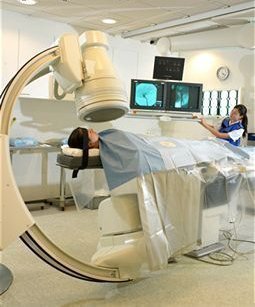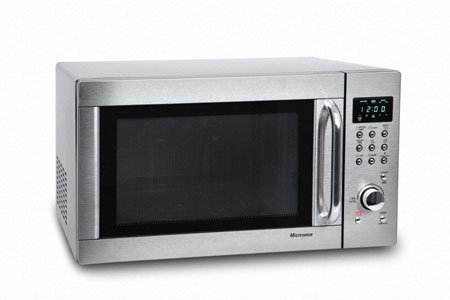Electroluminescent wire (EL wire) is a thin wire that produces 360 degrees of visible light. EL wire differs from string lights, such as Christmas lights, which only produce light at specific points. It uses a phenomenon known as electroluminescence to generate light when electricity runs through it. EL wire is very thin and flexible and can therefore be used in various ways, especially decorating.
How to Make EL Wire
A thin strand of copper that is coated with a layer of phosphor is the first piece of material used to make electroluminescent wire. Another wire is then wrapped around the phosphor-coated copper core in a coil. A clear PVC sleeve then covers these two wires. Finally, the wire is wrapped in another PVC sleeve that is either fluorescent or colored with an organic dye. When electricity passes through the wire, the phosphor is excited and light is emitted. Phosphor generally produces a bluish-green glow, but other colors can be produced with different types of phosphor or dyes.
Applications
EL wire is used to create elaborate light displays for costumes, building decorations, and Halloween displays. It is used in clubs in order to create pulses of light, circles, and other patterns. EL wire can be used with a sequencer to synchronize these patterns and even display them according to a particular beat or rhythm. A similar material known as EL paper performs the same function, but it is flat and depends on a conductive film rather than a copper wire.
Advantages
EL wire has several advantages that make it the preferred lighting option. It can produce a solid 360 degree light, while string lights only produce light where lightbulbs are located. EL wire is slightly more expensive than string lights, but much cheaper than other lighting options. It is also highly efficient as it uses very little electricity, and it has no moving parts or pieces that can break. EL wire is extremely durable and can last several years, although its colors will eventually fade.
Disadvantages
Although EL wire can be advantageous, it also has several disadvantages. Consistent voltage and sunlight wear EL wire down, thereby reducing its longevity. EL wire can also break if exposed to water or severe moisture. EL wire should be kept indoors as much as possible and requires an AC power source.




Rocio Dobey
Doing some browsing as well as observed your website appears a little messed up in my K-meleon internet browser. However fortunately barely anyone uses this any more but you may want to look into this.